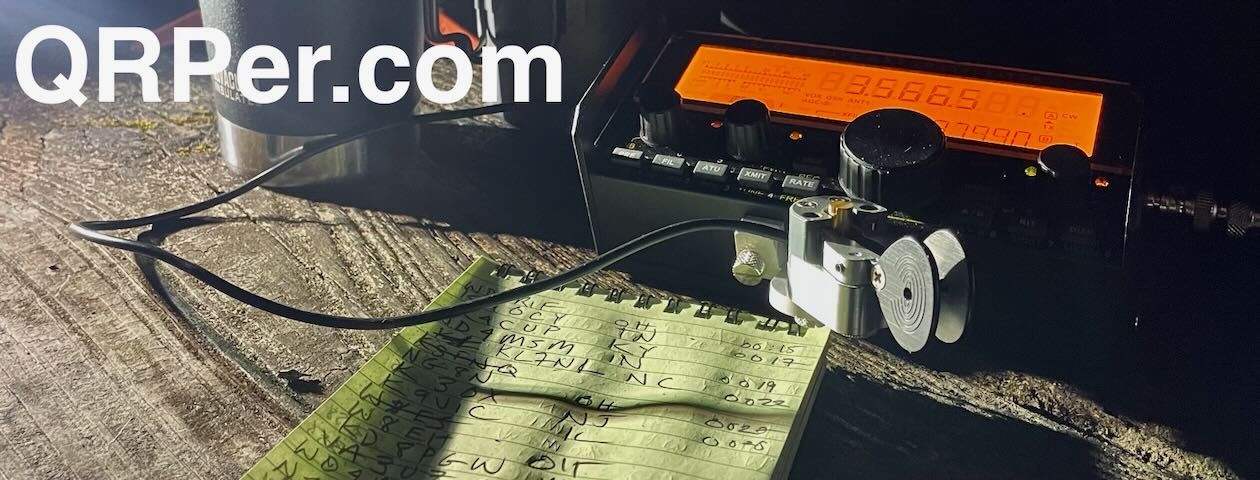Many thanks to Paul (W0RW) who shares the following guest post:
Can you See Me Now? Portable Operation From a Web Cam.
by Paul (W0RW)
There are now thousands of web cams operating around the world and they make great portable operating locations.
By watching a webcam stream, the stations who works you can watch you live as you talk to and log them.
When I am activating a site with a live webcam, I post the web cam link on my QRZ.com page and then stations who contact me can then go to QRZ, click and watch. I usually have a big sign that shows up on the web cam with my call and my frequency. Even DX guys who can’t hear me can watch me operate.
Many web cams are now live streaming; they give you fast refresh rates and real time video. Other bandwidth limited cams refresh at slower rates and may give only 1 frame every minute.
I was at the ‘Teller 1 Web Cam’ on 8 June 2022 (see photos above) and made 10 Q’s on CW and 10’Q’s on SSB. It has an almost real time video but with a delay of about 10 seconds. It is at 10,000 feet.
The HD Pikes Peak Panoramic Cam that I frequently use (At 14,115 feet) has a revolving 1 minute refresh rate.
I am standing right above the ‘RW’ sign.
The remote Independence Pass, Colorado, Web Camera is a solar powered wireless camera with a 1 minute refresh rate. I am standing just to the left of the tree.
This camera is down now and won’t be back on line until July.
Paul w0rw
Colorado
That makes for a fun dimension in playing SOTA, Paul! Thank you for sharing. So far, I haven’t activated a summit with a webcam, but it looks like there are numerous ones in Colorado. I’ll have to keep this in mind before heading out there!





























